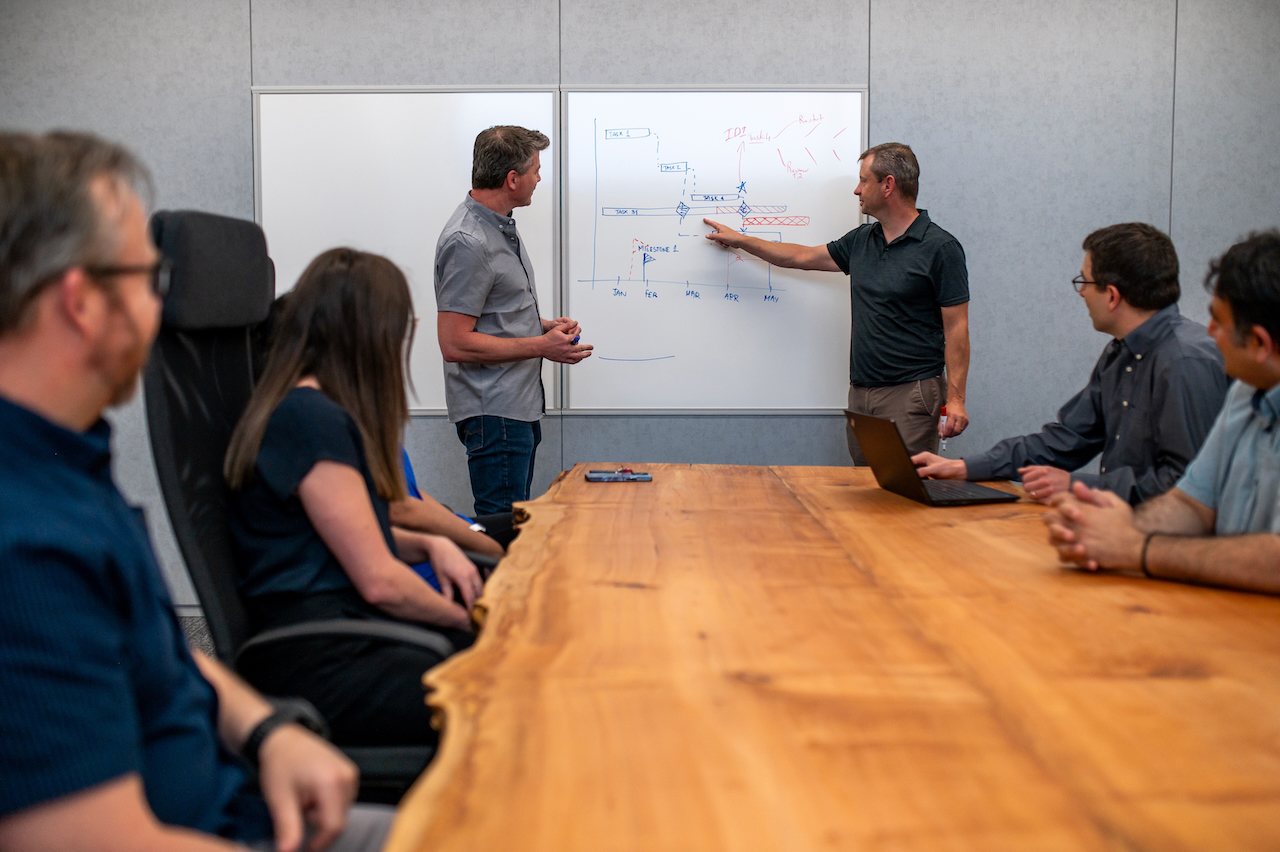
What is medical device commercialization and how can vision help you reach your milestones?
Commercialization can mean many things. In general, it is the process of taking a medical device that is near the end of the development cycle and transforming it into a real product ready for market. It involves gap analysis, process development, test and automation strategies, supply chain strategy and a clear regulatory approach.
Getting there is the challenge, and many steps along the way can add value to your business, whether it is for a startup looking to achieve funding milestones, or a product line in a larger medical device company looking to go into full production.
Many start their commercialization efforts when the product is close to accomplishing their design goals. The complex reality of design and commercialization can be difficult to roadmap, and even more difficult as you work through the process and have to deviate from that path for some reason or another. This is where you can lose sight of what’s important about your design.
You can use visioning to develop a road map through commercialization to identify the best path to achieve milestones. Ideally, visioning should start before development with discovery through development phases helping to harden it.
There are many ways of creating a vision for your future medical device, but I like to first define the purpose. Why and what am I serving with my idea? What does the world look like once the vision is achieved?
Your vision should be inspiring and motivational! My department recently got together to create a vision statement. In one profound moment, someone said “We make it real” The room went silent and ever since, it’s been a motivational force for the team. We make your ideas real.
Start at the end. Who are you helping? What impact will it have? What values are you bringing with you along this path? What does the product look like? How many will you be selling and to whom, how can the supply chain contribute to success, what are the milestones along the way? Ideas will spring to life and the building blocks of your roadmap will start to emerge.
Visioning can drive market understanding and help identify target markets including client needs, preferences and trends. Manufacturing and Supply chain teams help flesh out current and future costs for your device. They can also identify cost savings opportunities to help align your product with the expectations of the markets you are targeting. Imagine being able to show your investors a well thought out product costing strategy, tied to your target market, that demonstrates a strong return on their investment in your idea? That’s gold right there.
Visioning can help with risk mitigation and identify potential challenges and risks early on that allow you to further button up product viability and attractiveness to potential investors. Product risk identification touches all parts of development and manufacturing processes. Our manufacturing team participates in the process failure mode effects analysis (PFMEA) process as well as identifies risk through our non-conformance and engineering change request (ECR) process which allows our supply chain team to work on longer term partnerships with reliable suppliers to ensure consistent quality and compliance.
Visioning will help define market entry strategy – is it a phased approach, through strategic partnerships or direct sales channels? All of these approaches can be supported through manufacturing and supply chain partnerships and distribution programs.
There are many other advantages to visioning to create a product roadmap, or the “hows” of getting there. At StarFish, the biggest advantage for our clients seems to be investor attraction. If you can tell your story and create a future vision that gets your investors to buy in, your success will be more certain.
This blog has covered several distinct advantages to the vision process. At StarFish, the manufacturing department supports the commercialization process with client vision and milestones in mind. We understand your vision and partner with you to make it real.
Kathy Young is the StarFish Medical Director of Manufacturing. Kathy takes a proactive approach to engaging suppliers with the development team throughout the design process.






